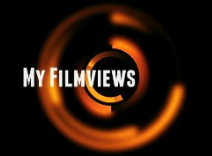
What is the value of art and who decides what something is worth? Those are questions Exit Through the Gift Shop posed last year. These questions are not new however as Orson Welles (who directed Citizen Kane) asked these same questions in this 1972 documentary.
He looks at the subject differently though as he chooses to focus on a master forger and a con man. Welles, who also shows up several times, tries to make those watching to think about what’s real and what’s fake.

Welles used to perform magic tricks as well and he start his film with one of them. After this he tells about Elmyr de Hory, a forger who, although he denies it himself, has repainted several masterpieces. Another interesting “character” is Clifford Irving, who interviewed de Hory, but who also claimed to have had lots of contact with recluse Howard Hughes. It later turned out this wasn’t true.
Welles makes a point that it’s very easy to convince the so-called experts in the art world that a painting is genuine and that there must be hundreds of “fake” painting that are currently displayed in museums. He also manages to keep the viewer asking questions as well. He tells a lot of different stories, mixed with parts where he is reciting poetry, which sometimes makes it hard to understand what’s going on.
Visually it’s very clear that this is a seventies movie. You can see it in things like the makeup and the use of soft filters in the last part of this film. If you’d compare it with Exit Through the Gift Shop you would come to the conclusion that this movie is less interesting and entertaining. It feels more like an experiment and that’s something not everyone will enjoy watching.
Score: 7

Pingback: Review: Art and Craft (2014) - My Filmviews